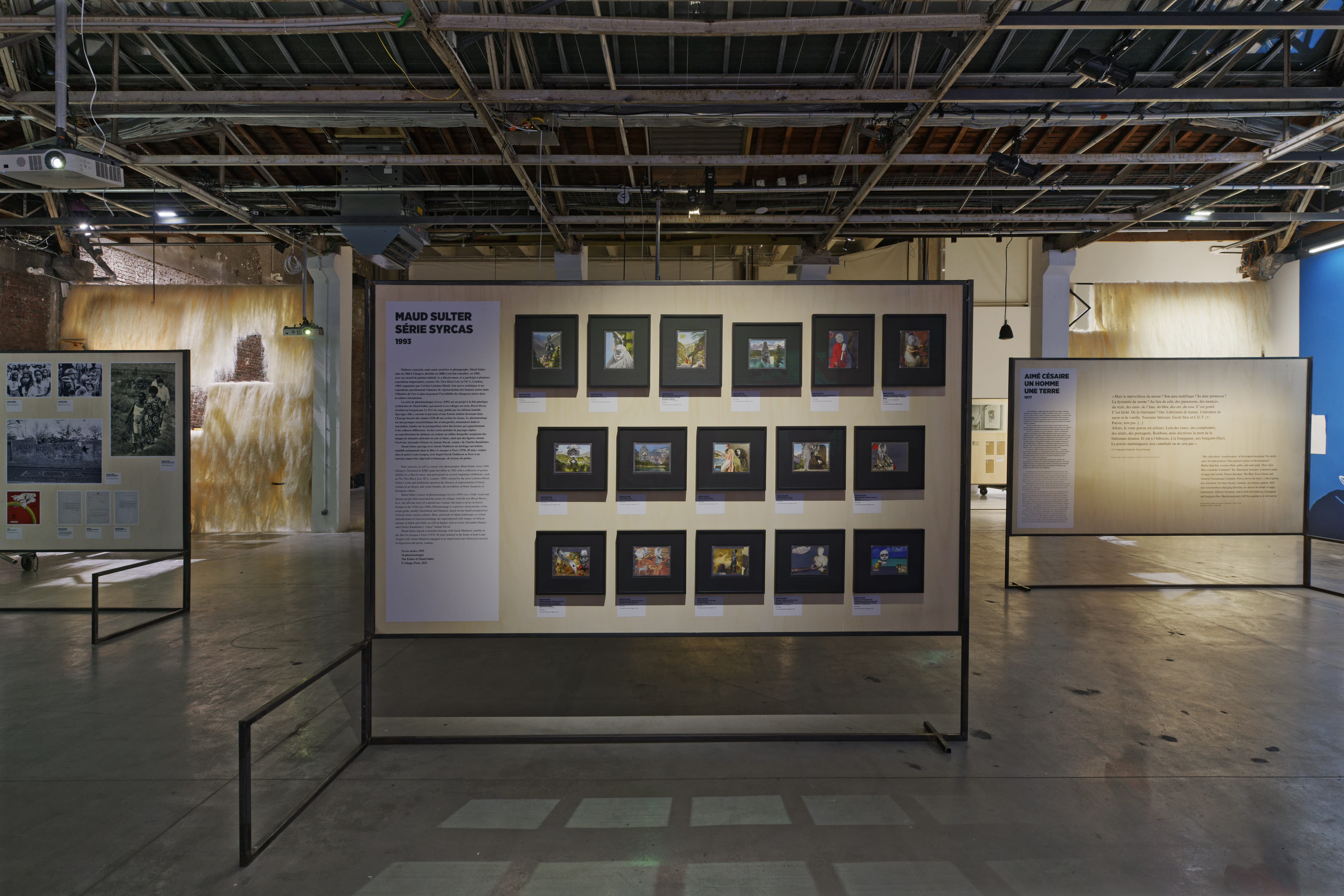
Installation view of “Sarah Maldoror: Tricontinental Cinema” at the Palais de Tokyo, where it was on view from November 26 to March 13, 2022. Credit: Courtesy of Aurelien Mole
Widely hailed as the “Mother of African Cinema”, Sarah Maldoror inspired countless artists throughout her life. Even after her death in 2020, she continues to inspire many more.
This Saturday, a new exhibition around Maldoror – titled “Sarah Maldoror: Tricontinental Cinema” — will open at the Wexner Center for the Arts. The free exhibition explores every aspect of Maldoror’s work and life through film screenings, concert events and an art gallery. Daniel Marcus, the center’s associate curator of exhibitions, said it aimed to show how monumental a storyteller Maldoror was.
“The story of her life is really the story of relationships,” Marcus said. “The exhibit really honors that aspect of her life.”
In an effort to illustrate the wide scope of Maldoror’s legacy, Marcus said the exhibition also explores some of the director’s social connections with other artists.
Marcus said a significant collection of paintings by Ana Mercedes Hoyos, a Colombian painter and sculptor whose work was documented by Maldoror in the late 2000s, will be on display. Another featured artist who had a relationship with Maldoror is Mathieu Kleyebe Abonnenc, a visual artist who once “interviewed her at length,” Marcus said.
“The curators were very eager to engage Mathieu because he was that direct link,” Marcus said. “Some of the connections we draw out in the show are connections that the curatorial team is bringing together as a tribute, putting her in dialogue with artists who didn’t know her.”
Some of those selected artists were included in the exhibit because of their common creative interests with Maldoror, Marcus said. He said Soñ Gweha is a clear example of this.
“We worked with a young artist named Soñ Gweha, who made a beautiful sculptural installation,” Marcus said. “It’s also a sound installation that focuses on an immigrant community in present-day Paris and connects that community to a kind of generational anti-colonial struggle in Cameroon.”

View from the installation of “Sarah Maldoror: Tricontinental Cinema” at the Palais de Tokyo, where it was on view from November 26 to March 13, 2022. Credit: Courtesy of Palais de Tokyo
This is related to Maldoror’s work in the 1980s, which focused primarily on the lives and struggles of African immigrants in France, Marcus said.
Melissa Starker, the centre’s creative content and public relations manager, said Maldoror’s passion and skill set was not limited to cinema.
“Activism was at the heart of a lot of what he did,” Starker said. “She was actively involved in activist movements. She worked alongside them, she created works that shared these stories and these issues, and there are many people in different concentrations that she worked with.
Starker said this passion for activism was exemplified in Maldoror’s 1972 film Sambizanga.
“The film is set in the early 1960s and tells the story of the wife of an incarcerated activist who, with a young child in tow, does everything she can to free her incarcerated husband,” Starker said. “It focuses on activism and it focuses on women and specifically an African woman of color.”
The film’s narrative stems from Maldoror’s desire to show stories of people whose voices usually go unheard, Starker said. In fact, she said that Maldoror’s own voice had gone unheard in most parts of the world until now.
“There’s been talk in the art world for some time that too often women artists don’t get recognized for their work until they’ve passed or they’re old,” Starker said. “Combine that with the fact that she’s an African artist, and those are realities that for a number of reasons — a number of systemic issues — artists who fit that demographic aren’t necessarily going to get the attention they should.”
Starker said celebrating underrated artists like Maldoror is one of the center’s best and most fulfilling opportunities.
“We can help correct some of the previous challenges and biases that have worked against filmmakers and artists like Sarah,” Starker said.
“Sarah Maldoror: Tricontinental Cinema” opens at the Wexner Center for the Arts Saturday and ends April 28. More information about the exhibition can be found at the center website.
